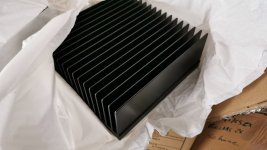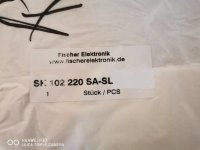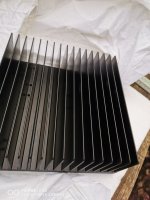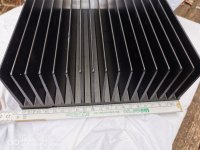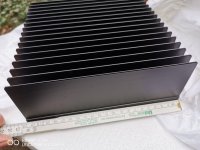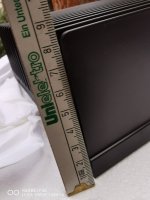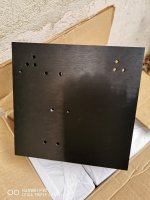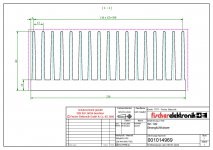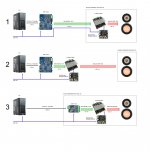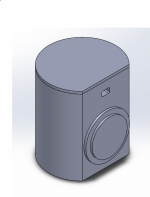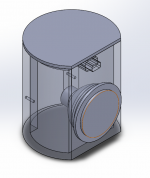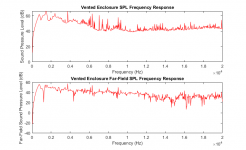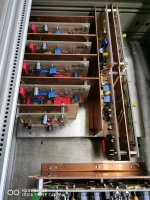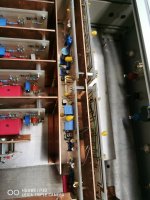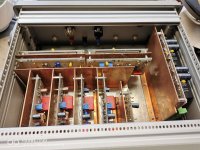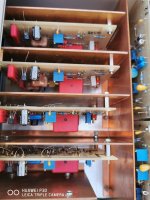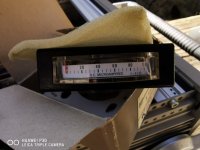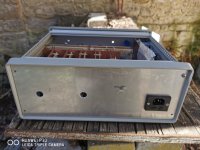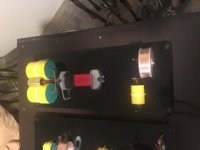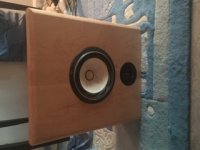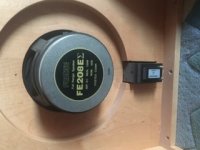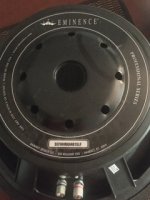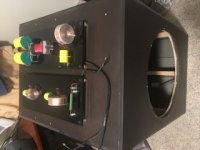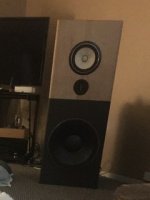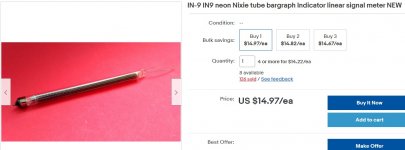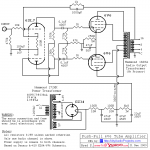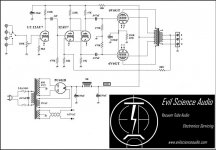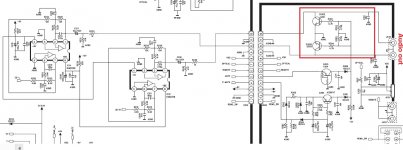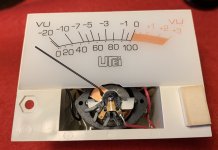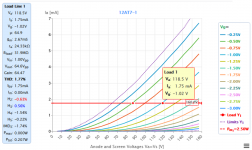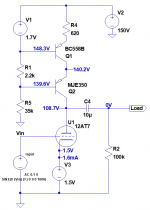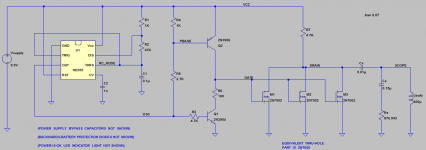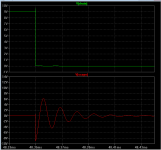A different overcurrent-protection for LLC
- By TroelsM
- Power Supplies
- 5 Replies
To the best of my knowledge standard LLC smps is typically protected against OC by either: Split-capacitor and clamp-diodes to rails or voltage-measurment of the capacitor-voltage.
The Split-capacitor-diode-idea is simple but limits the voltage over the caps and for some designs that may be a problem?
The voltage-over-capacitor-reading is proven and tested, but requires a high-voltage-capacitor to work?
So late last night i got en idea: if the LLC is implemented with a seperate series-inductor we can directly measure the current in this by adding a single (isolated) winding and putting a suitable resistor across the single winding. Voltage over the resistor is then a true reading of the current in the LLC-loop.
The voltage could easily be scaled and fed to the CUR-limit input of controllers like L6599.
Is this an old idea? - i could not find anything on google, but that is probably because I dont know the correct words to search for.
I have a working LLC on the workbench and Im tempted to test the idea, but let me hear your thoughts.
Kind regards TroelsM
The Split-capacitor-diode-idea is simple but limits the voltage over the caps and for some designs that may be a problem?
The voltage-over-capacitor-reading is proven and tested, but requires a high-voltage-capacitor to work?
So late last night i got en idea: if the LLC is implemented with a seperate series-inductor we can directly measure the current in this by adding a single (isolated) winding and putting a suitable resistor across the single winding. Voltage over the resistor is then a true reading of the current in the LLC-loop.
The voltage could easily be scaled and fed to the CUR-limit input of controllers like L6599.
Is this an old idea? - i could not find anything on google, but that is probably because I dont know the correct words to search for.
I have a working LLC on the workbench and Im tempted to test the idea, but let me hear your thoughts.
Kind regards TroelsM
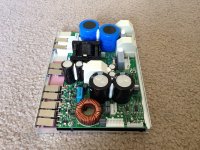
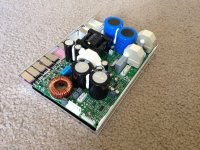
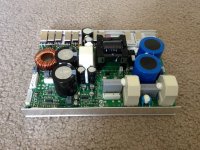
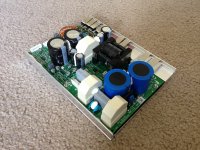
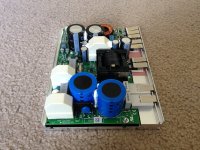
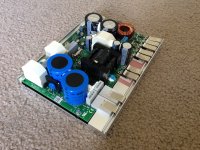
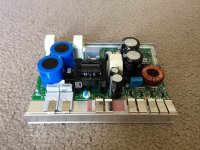
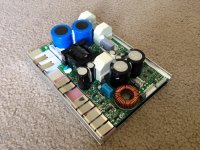
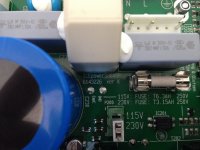
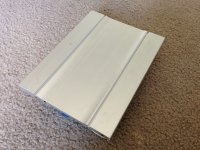
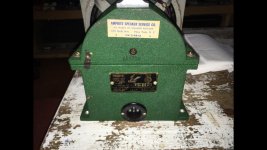
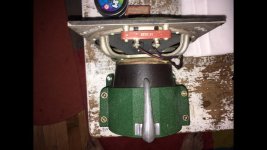
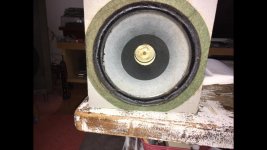



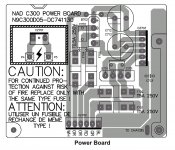
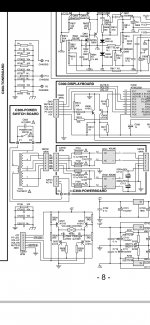
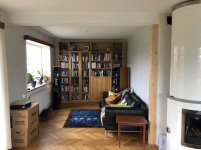
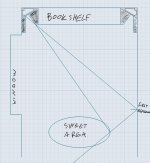
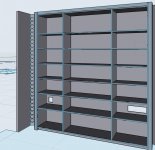
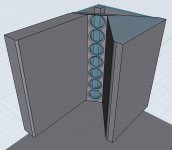
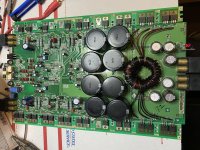

 This thread was merged with a second of the same title and content.
This thread was merged with a second of the same title and content.